3 Ways to Get to Mount Fuji From Tokyo

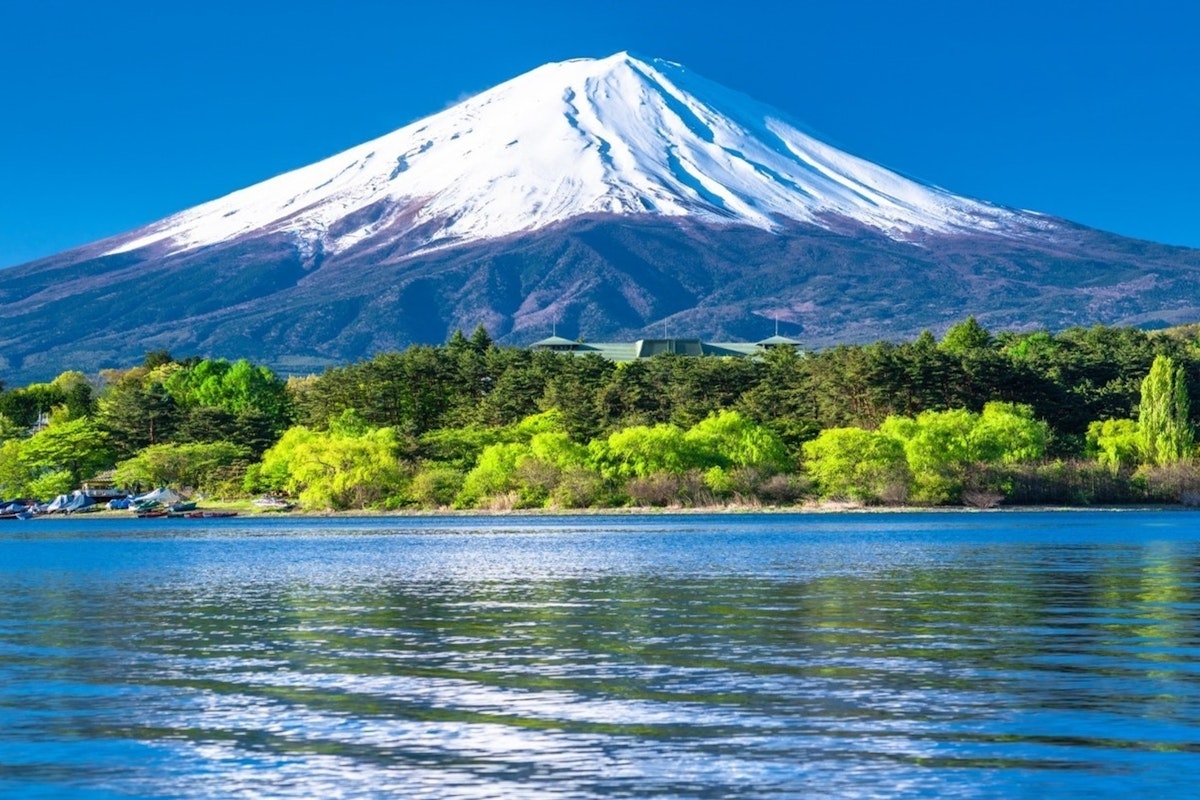
Mount Fuji is one of Japan’s most iconic landmarks and a must-visit destination for travelers exploring the country. If you're in Tokyo and planning a trip to this majestic mountain, there are several ways to get there.
Whether you prefer the speed of a train, the convenience of a bus, the freedom of driving, or even a guided tour, this guide will help you find the best way to travel from Tokyo to Mount Fuji.
How Far is Mount Fuji from Tokyo?
Mount Fuji is located about 100 km (62 miles) southwest of central Tokyo. The travel time varies depending on the method you choose. If you take a bullet train and a connecting bus, the journey can take around 1.5 to 2 hours.
A direct bus takes approximately 2 hours, while a local train with transfers may take 2.5 to 3 hours. If you decide to drive, the trip can take anywhere between 1.5 to 3 hours, depending on traffic conditions.
How to Get to Mount Fuji from Tokyo
There are several ways to reach Mount Fuji from Tokyo, catering to different preferences and budgets.
By Bus: A Direct Link from Shinjuku to Mount Fuji

Fujikyuko Express Bus
From the Shinjuku Expressway Bus Terminal, there is an hourly service to Mt. Fuji Station—the ticket prices for this journey range between ¥1600 and ¥3400. The duration of the trip is approximately 1 hour and 52 minutes.
This regular service provides a convenient link between the heart of Tokyo and the iconic Mount Fuji.
Express Bus
The cost of a round-trip express bus ticket from Tokyo to Mount Fuji's 5th Station varies based on the season and the service provider. Prices generally range between 3,600 and 4,500 yen, equivalent to $33 to USD 41.
This fare is for a single person and may fluctuate with different operators. The seasonal demand and specific bus services can influence these ticket prices.
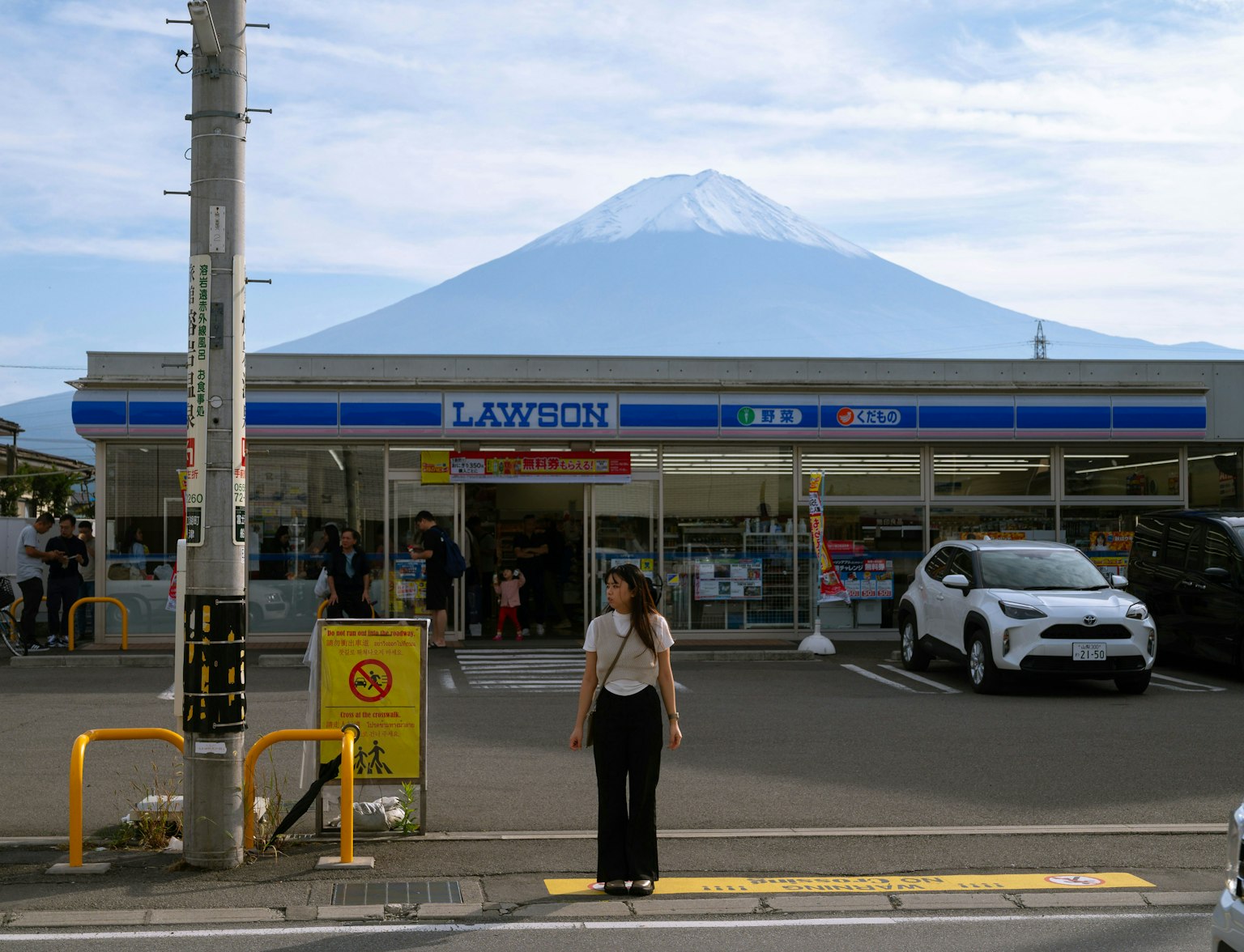
Enjoy a full day exploring Mt. Fuji’s highlights. Visit Lake Kawaguchi, ride the scenic ropeway, try a matcha tea experience, and see the clear ponds of Oshino Hakkai.
Highway Bus
Multiple bus operators provide service between Tokyo and Mount Fuji, ensuring convenient access to this iconic destination. Among these, JR Kanto and Fujikyu railway lines are notable for their frequent departures to Kawaguchiko Station.
Buses leave Tokyo Station for Kawaguchiko once or twice every hour, facilitating flexible travel plans for visitors. The journey typically takes about 2 hours and is priced at 1,800 yen, offering a blend of efficiency and affordability.
Multiple bus operators provide services from Tokyo to Mount Fuji, departing from Tokyo Station, Shibuya Station, and Shinjuku Station. JR Kanto and Fujikyu buses head from Tokyo Station to Kawaguchiko Station almost every hour, taking about 2 hours at a fare of 1,800 yen.
At the same time, from Shibuya Station, Fujikyu runs a direct bus to Kawaguchiko and the Fuji Five Lakes area a few times a day.
By Trains: Scenic and Swift Rail Journeys
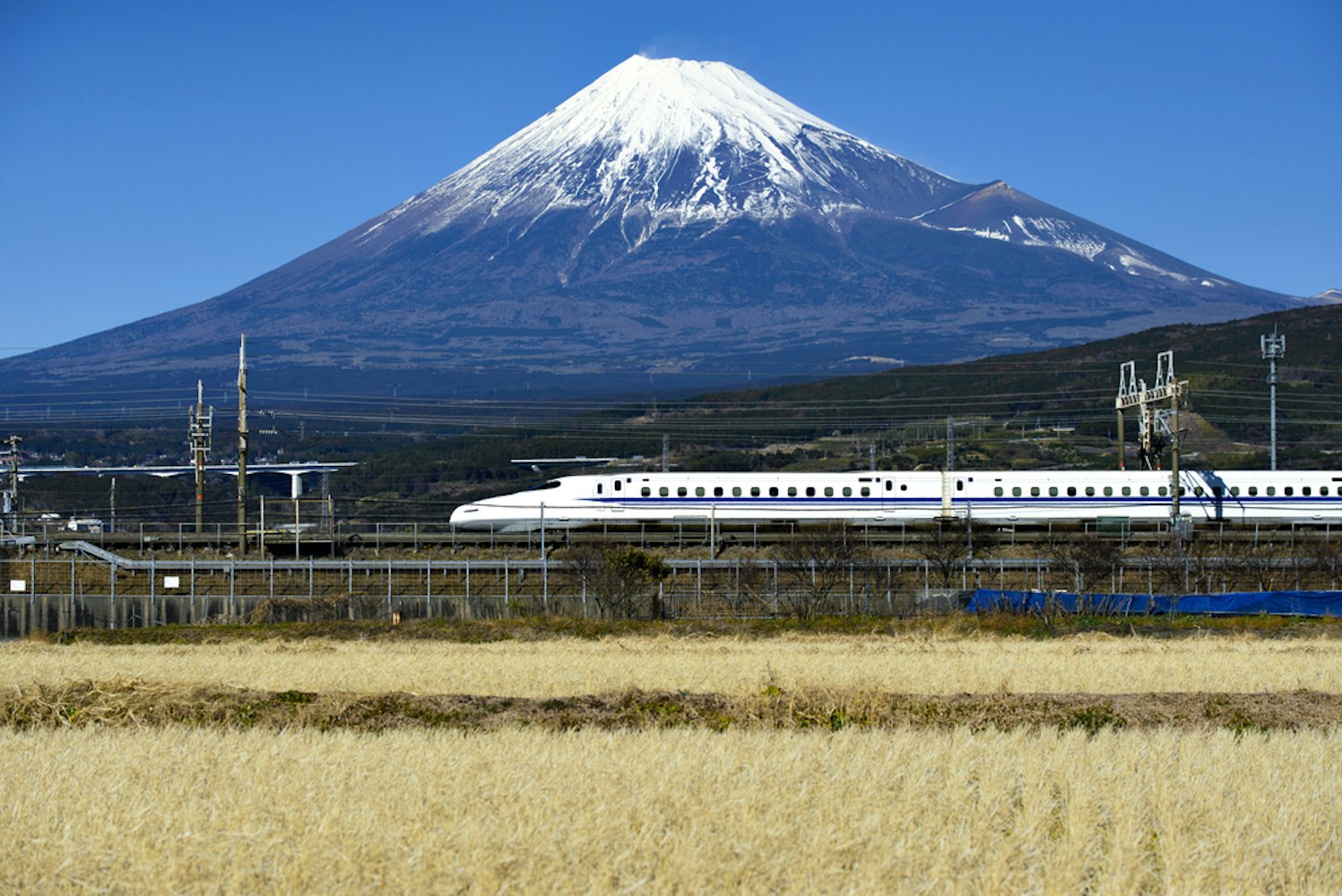
Tokaido Shinkansen
A Shinkansen bullet train service operates between Tokyo and Osaka, offering a unique travel experience. When traveling from Tokyo, passengers can witness the majestic Mount Fuji on the right side of the train.
The best views of this iconic mountain are typically around the area of Shin-Fuji Station. This picturesque scenery unfolds approximately 40 to 45 minutes into the journey, providing a memorable glimpse of Japan's natural beauty.
Limited Express Fuji Excursion
A direct train service is available from Shinjuku, making stops at key stations such as Otsuki Station, Mt Fuji, and Kawaguchiko. This express train offers a convenient route for travelers heading to these popular destinations.
The entire journey to reach these stations takes approximately 115 minutes. The cost for this travel is set at ¥4,130 one way or ¥8,260 for a round trip, offering a balance of speed and affordability.
Services departing from Tōkyō and arriving at Fujisan via Otsuki
The travel to your destination involves a journey with multiple segments. Including the time needed for transfers, the total duration extends to roughly 2 hours and 20 minutes.
This timeframe accounts for the transitions between different modes of transport or stops. As such, the entire trip is expected to span this duration from start to finish.
By Car: Freedom on the Road
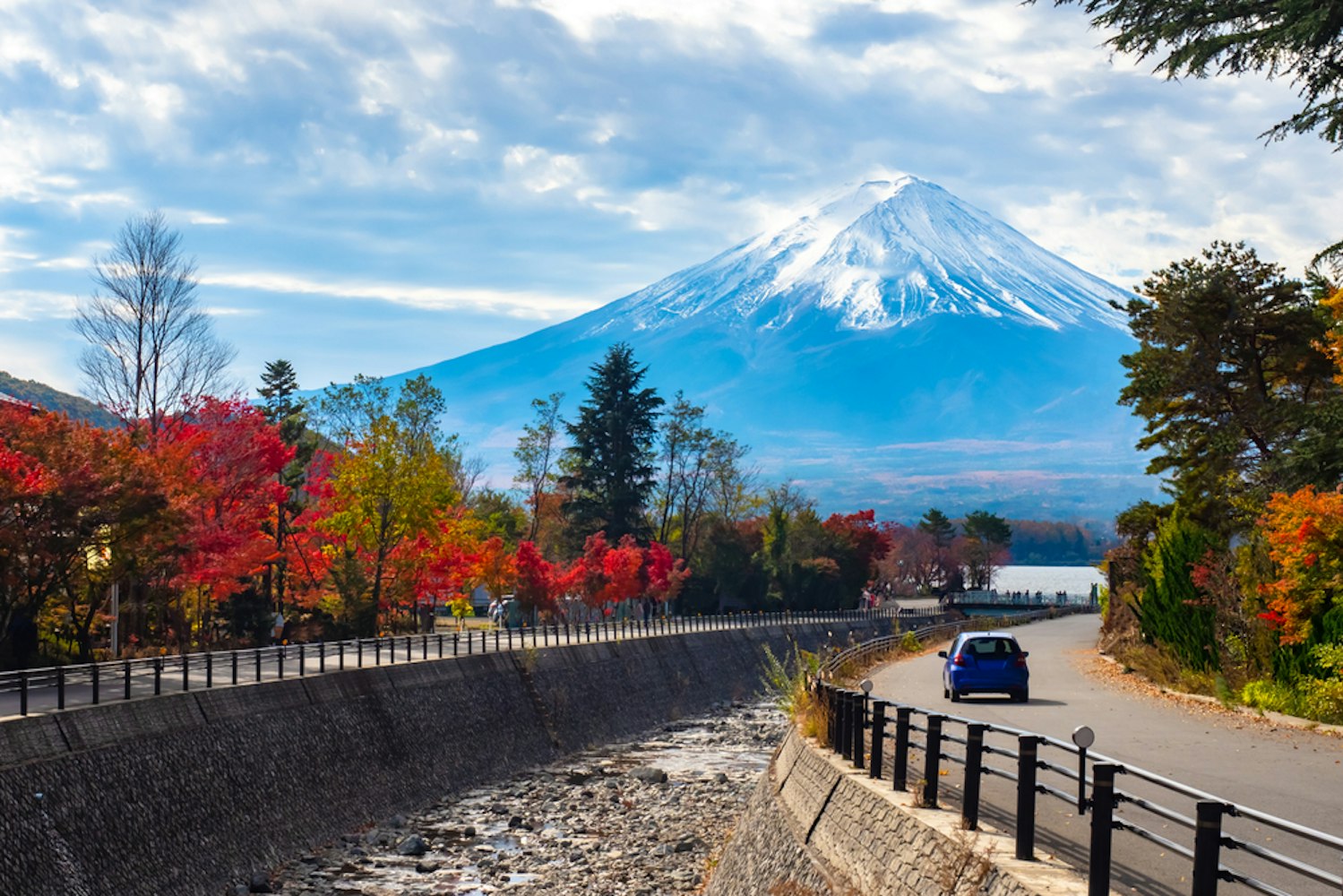
Renting a car from Tokyo to Mount Fuji offers unparalleled freedom and flexibility. It's an adventurous choice that takes you to your destination and allows for spontaneous exploration along the way.
Discover the scenic beauty of the Fuji Five Lakes or delve into the rich cultural landscapes of Yamanashi and Shizuoka prefectures, all at your own pace.
Starting Point/Location
Mount Fuji, Kitayama, Fujinomiya, Shizuoka 418-0112, Japan
Travel Duration
2 hr 20 min (150 km)
Things To Do in Mount Fuji
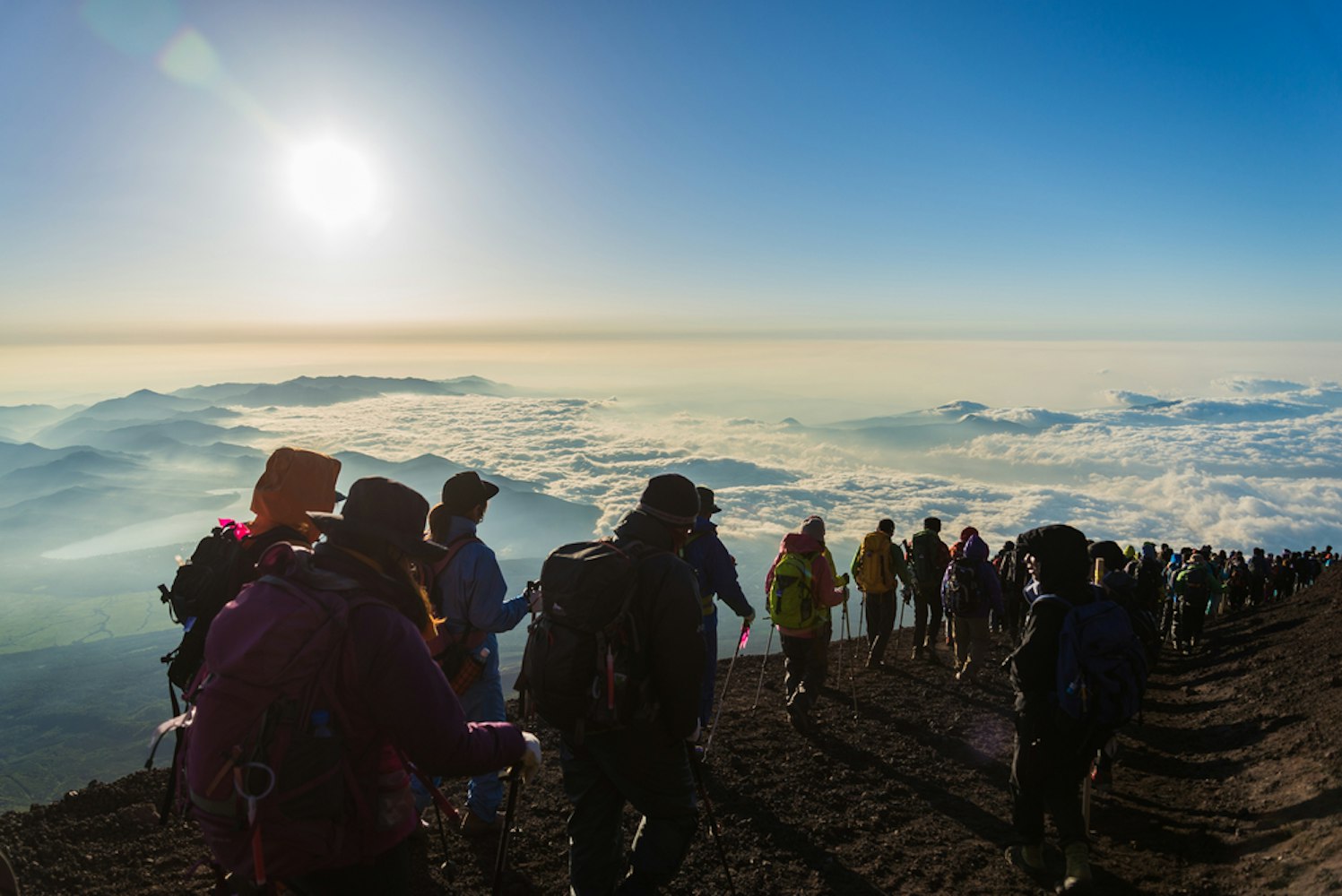
Climbing Mount Fuji
Topping the list is the iconic activity of climbing Mt Fuji. The prime time for ascending Mount Fuji typically falls between early July and early September, coinciding with its official climbing season.
The ideal period for climbing Mount Fuji is within its official climbing season, which spans from July 1st to September 14th. However, it becomes exceptionally crowded on weekends and the mid-August Obon holidays.
Exploring the Fuji Five Lakes (Fujigoko)
The area surrounding Mount Fuji is adorned with five beautiful lakes: Kawaguchiko, Saiko, Yamanakako, Shojiko, and Motosuko. These lakes offer a range of activities like boating, fishing, and camping, along with stunning views of Mount Fuji.
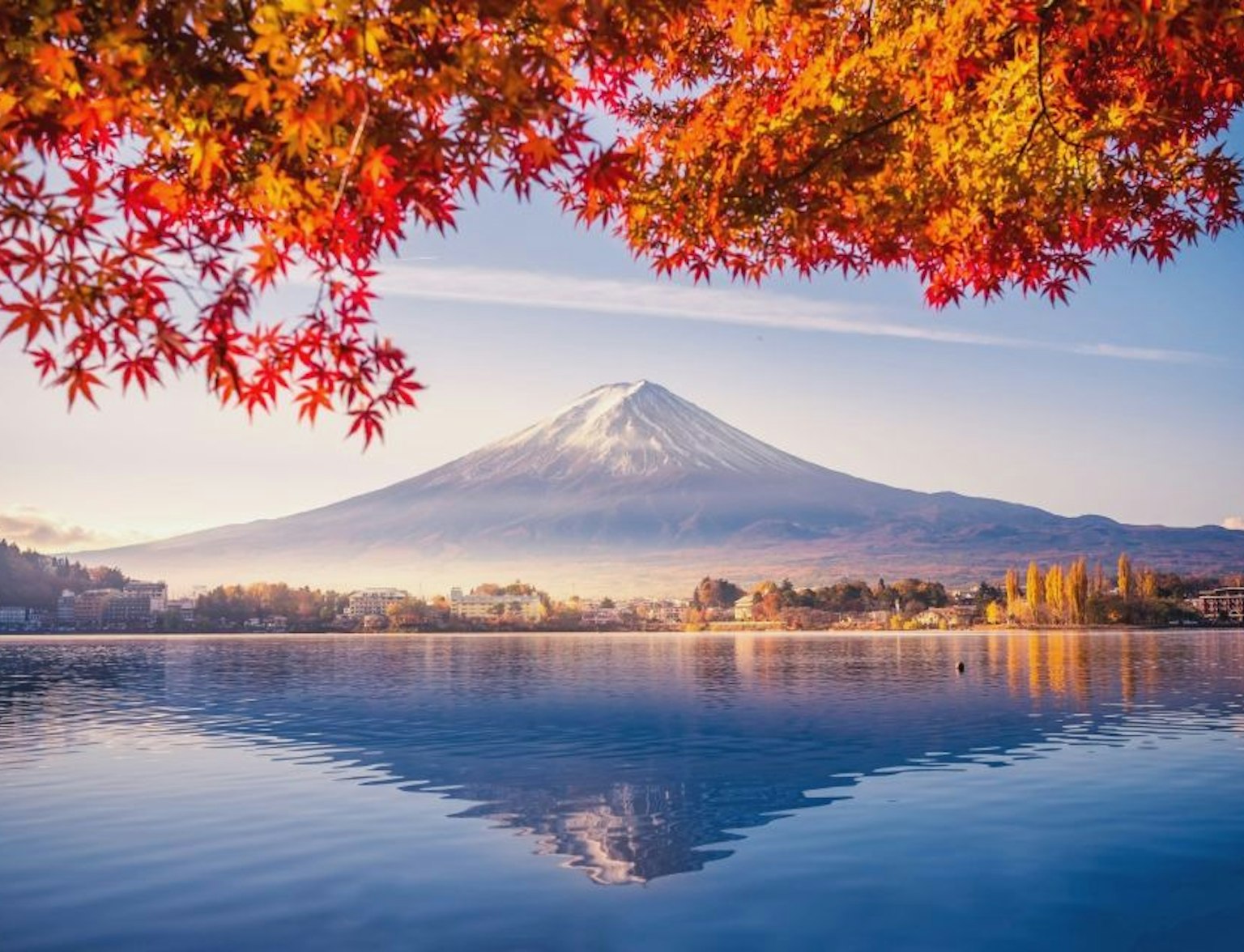
Experience the allure of Japan's famed Mt. Fuji on a single-day journey.
Visiting Fuji Q Highland
For those seeking thrills, Fuji Q Highland is an amusement park near Mount Fuji known for its record-breaking roller coasters and attractions. With rides offering mountain views, it uniquely blends excitement and scenic beauty.
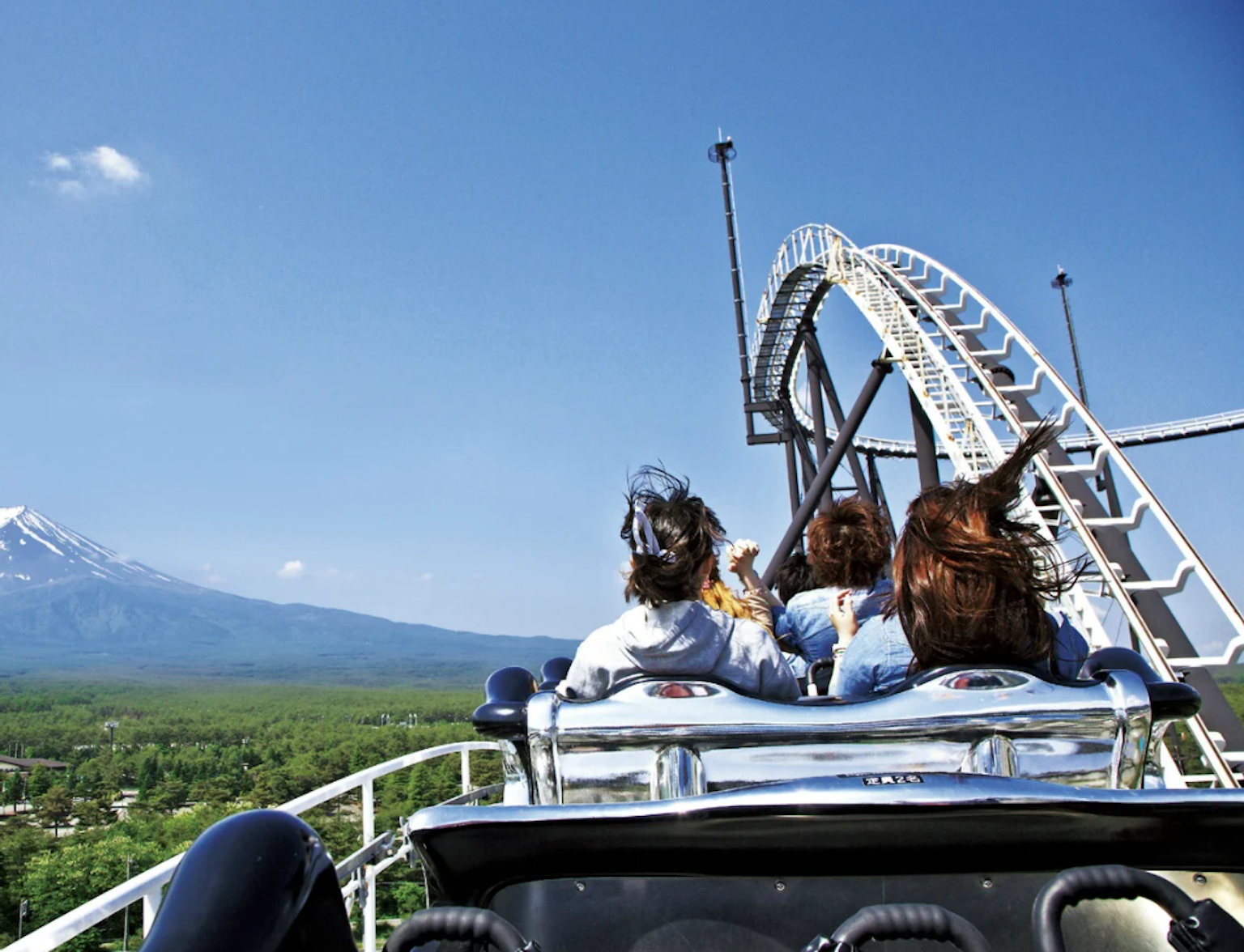
Dive into Fuji-Q Highland's thrilling rides and magical views of Mt. Fuji.
Relaxing in Onsen (Hot Springs)
The region around Mount Fuji is famous for its onsen, or hot springs. These natural baths are perfect for relaxation and offer a traditional Japanese experience.
Enjoying Cultural and Historical Sites
The area around Mount Fuji is rich in cultural and historical significance. Guests can visit attractions such as the Fujiyoshida Sengen Shrine, which honors the deity of Mount Fuji, and the Oshino Hakkai, comprising eight scenic ponds nourished by the mountain's snowmelt.
Mount Fuji from Tokyo: Adventure, Culture, and Natural Beauty
Visiting Mount Fuji from Tokyo is an experience that combines adventure, culture, and natural beauty. Whether you take the train, bus, or drive, the journey to this iconic mountain is as rewarding as the destination.
With multiple transport options and many activities to indulge in the Mount Fuji area, it's a must-visit for anyone traveling to Japan.



